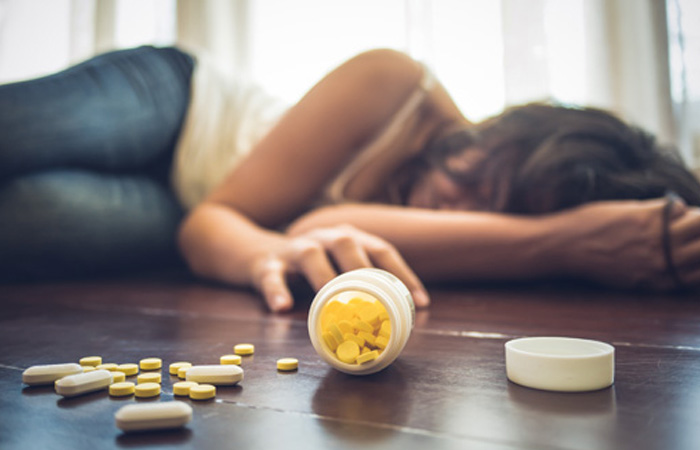Although we cannot predict the effect of the Covid-19 pandemic on suicide, we know that rates of suicide did increase after the 2009 economic recession. The impact of shielding, lockdown measures and loneliness also needs to be taken into account but pressures on the NHS mean that there is a backlog when it comes to monitoring and following up patients.
Suicides are preventable with timely, evidence- based interventions including targeted suicide prevention programmes and suicide bereavement services. Although mental illness plays a significant role, other factors are important when attempting to understand suicidal behaviour and community pharmacy teams have a part to play in this vital public health agenda.
Of those patients who take their own life, between half and two-thirds will have visited their GP in the month before doing so – 10-40 per cent in the preceding week. Many will not have seen their GP, however, so community pharmacies can provide an important point
of contact.
From October 2020 community pharmacy teams, as part of the 2020/21 Pharmacy Quality Scheme, will be required to take action on suicide prevention as part of the Prevention domain.
Key facts
- Men in their mid to late forties are at high risk of suicide, with the risk increased if they have divorced
- Only between half and two-thirds of people who end their own life had contact with a GP in the last month, so many will not have had any formal health support
- Asking a person who is showing ‘at risk’ signs whether they are feeling suicidal does not make it more likely that they will end their life and it is better to be direct and open
- Self-poisoning is the second most common method of suicide, with painkillers frequently involved, so it is important to be wary of the possibility of stockpiling.

